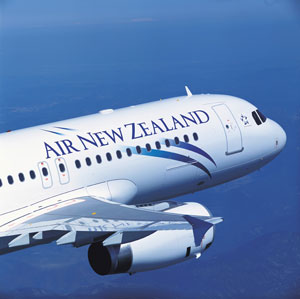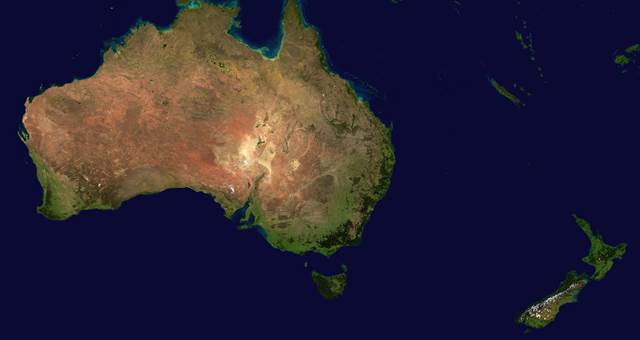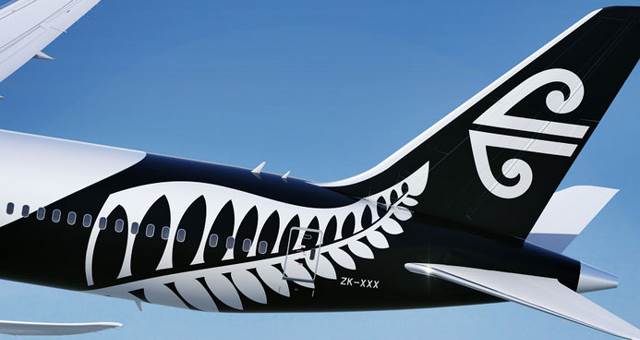By James Wilkinson
Airlines are offering the cheapest airfares ever on trans-Tasman flights, but how long will they last?
In the lead-up to the first Emirates A380 touching down in Auckland from Sydney and Dubai, Air New Zealand announced it was culling flights across the Tasman. It wasn’t Auckland in the spotlight, but Dunedin and Hamilton — a massive blow to inbound tourism for the regional towns.

Air New Zealand has suspended flights from
Dunedin and Hamilton
Hamilton fared the worst, with Air New Zealand suspending the last remaining service to Brisbane following the culling of flights to the Gold Coast and Sydney.
Air New Zealand general manager – Tasman Pacific Airline, Glen Sowry, said the suspensions were due to weak demand, poor yield and an oversupply of trans-Tasman capacity to and from Auckland.
He also said none of the three suspended trans-Tasman services from Hamilton are likely to be re-introduced in the foreseeable future.
“Loadings on our Hamilton-Brisbane service have averaged 58 per cent over the past three months,” he said. “In that time, we have flown the equivalent of 32 empty A320 aircraft between Hamilton and Brisbane. That is clearly unsustainable and in the current environment we cannot afford to fly routes that make substantial losses with no forecast improvement.”
While Dunedin has lost its twice-weekly Sydney service until Oct 24 at the earliest, the twice-weekly flights to Brisbane have been retained. But Sowry revealed that over the past nine months loads on the Dunedin-Sydney service had averaged a dismal 55.4 per cent. Which begs the questions, how long willit last?
Capacity into Auckland is up by around 20 per cent (with Jetstar next to tackle the route from Sydney and the Gold Coast in April) and airlines are being forced to sell their cheapest ever airfares to fill aircraft.
In late January, $30-$40 airfares (each way plus tax) were not uncommon on Air New Zealand and Pacific Blue, while Emirates offered A380 flights for just $99 each way plus tax.
While loads may pick up now, seat yield will be in the spotlight. This raises yest another questions: how long will airfares remain at an all-time low?
To make a level of decent revenue, airlines are going to have to raise prices to generate good seat yields. Under the current market conditions, no carrier would be making money on trans-Tasman flights.
But, at some point out, there will be a major casualty and this is one of the reasons Qantas and Air New Zealand fought hard with competition authorities on both side of the ditch before the potential Tasman Networks Agreement was scrapped by the Australian Competition and Consumer Commission in November 2006.
With seven carriers flying between Sydney and Auckland alone (including Aerolineas Argentinas, LAN, Jetstar, Pacific Blue, Qantas, Air New Zealand and Emirates), something has to give.
Globally, Qantas was hit hard in the second half of 2008, with pre-tax profit dipping a whopping 68.2 per cent to $288 million for the half-year to December 31, 2008.
If these numbers continue, it will be interesting to see how long Qantas mainline lasts on the Tasman before CEO Alan Joyce replaces services with low-cost operation Jetstar.
There is one guarantee in 2009. It will be the most challenging year ever for trans-Tasman flights and right now, customers are the ones winning. How long that continues for is anyone’s guess.
For James Wilkinson’s full aviation report, see the February issue of HM magazine.


